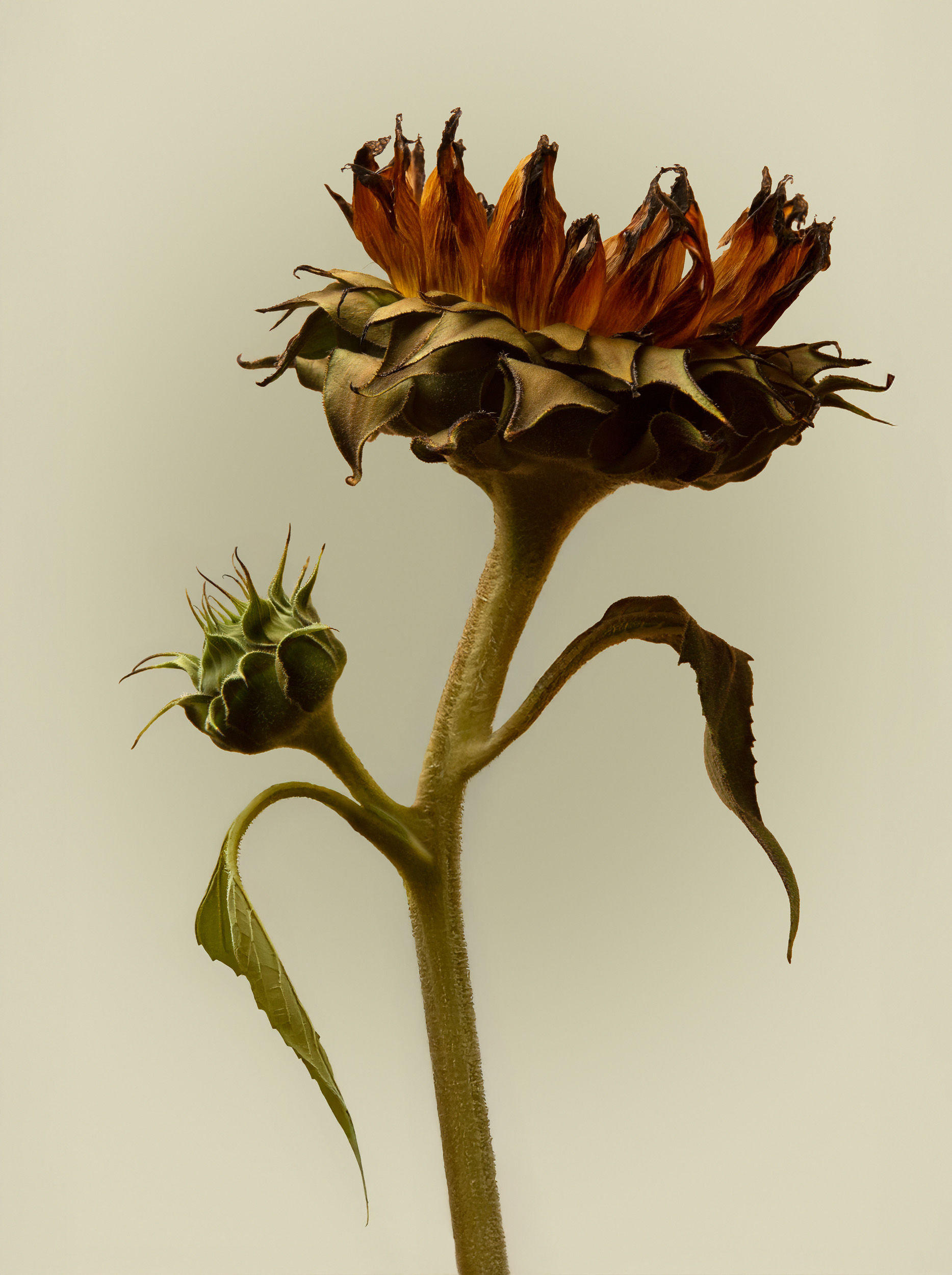
Field NotesOn the lookout for Lepidoptera.
Field NotesOn the lookout for Lepidoptera.
There are about 180,000 different species of butterflies and moths, representing approximately 10% of all described living organisms. Perhaps surprisingly, the vast majority of these are moths: In North America alone there are over 12,000 species of moths and around just 800 species of butterflies.
While in English we distinguish between moths and butterflies, they are both part of the scientific order Lepidoptera and undergo the same life cycle of metamorphosis—egg, larva, pupa, adult. Other languages do not make such a distinction. In French, for example, moths are called “papillons de nuit,” butterflies of the night—an acknowledgment, perhaps, that moths can be as beautiful as butterflies. After all, just like butterflies, their wings are formed of thousands of tiny, overlapping scales, each of which can be a different color, leading to spectacular patterning.
You’re most likely to come across butterflies on warm, dry, windless days—in a garden, or walking through a grassy meadow—but keep an eye out for day-flying moths too. In the US and Canada you might see the stunning black-and-white eight-spotted forester moth, or in Europe, the six-spotted burnet moth, with its striking iridescent turquoise wings with red spots. More intriguing still, the tiny thing hovering by a flower that you might take to be a hummingbird could actually be a hummingbird hawk-moth, as found across Eurasia, or the hummingbird clearwing or the white-winged sphinx if you’re in North America.
With a worrying decline in butterfly and moth populations in recent years, it has never been more important to make a welcoming habitat. To increase your chances of encountering Lepidoptera, consider planting butterfly-, moth- and bee-friendly plants, including sweet-scented flowers such as honeysuckle and jasmine. Milkweed is particularly attractive for monarch butterflies, and asters, goldenrods and evening primrose will attract the painted lady, sphinx and a variety of skippers. Buddleia, with its beautiful spears of tightly packed purple, pink or white flowers, is often called the butterfly bush and is equally loved by moths. In addition to enticing important pollinators into your garden, you will be directly supporting the wider ecosystem—butterflies and moths are the primary food source for many birds and other critters, and their numbers are vital indicators of how healthy these ecosystems are.



